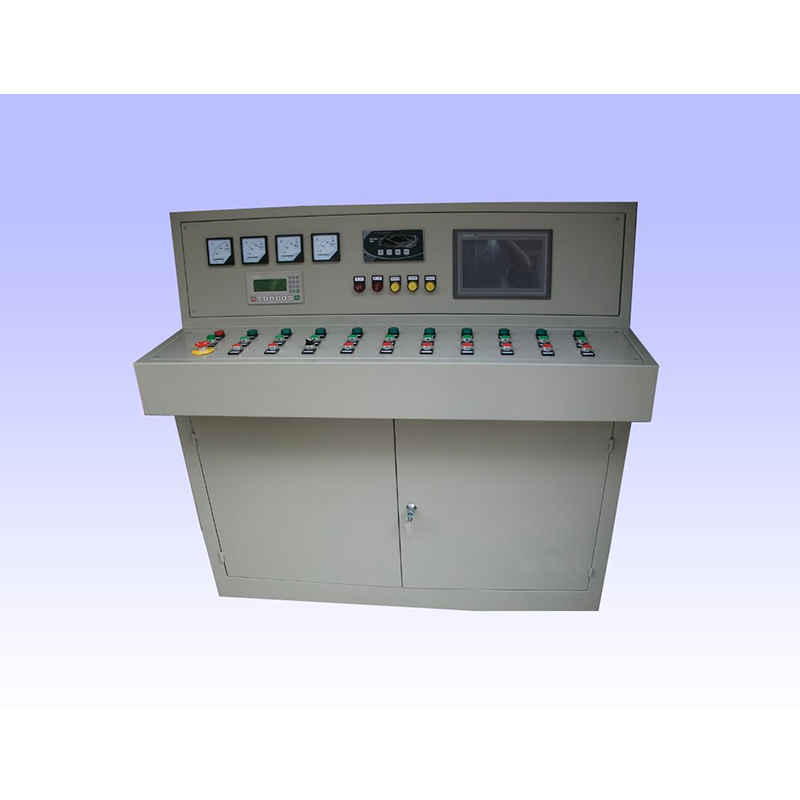
Nov . 15, 2024 17:09
Back to list
صمام تخفيض الضغط
Pressure Reducing Valve An Overview
A pressure reducing valve (PRV) is an essential component in various hydraulic and pneumatic systems, designed to reduce and stabilize the pressure of fluids. This vital device plays a crucial role in ensuring safety, efficiency, and longevity in systems ranging from industrial machinery to residential plumbing.
Function and Importance
The primary function of a pressure reducing valve is to maintain a desired downstream pressure regardless of fluctuations in upstream pressure. This is particularly important in systems where excessive pressure could lead to equipment failure, leaks, or even catastrophic accidents. By keeping the pressure within specified limits, PRVs protect sensitive components and enhance the overall reliability of the system.
In residential applications, PRVs are often installed in water supply lines to regulate the pressure entering a home. High water pressure can lead to pipe bursts, leaks, and damage to appliances, such as washing machines and dishwashers. By using a PRV, homeowners can ensure a steady and safe water pressure, promoting the longevity of their plumbing systems and appliances.
How Pressure Reducing Valves Work
A PRV operates using a combination of mechanical components and hydraulic principles. At its core, a typical PRV consists of a spring-loaded diaphragm or piston that adjusts the flow of fluid based on pressure differentials. The valve is set to open at a predetermined pressure, allowing fluid to flow through while maintaining a consistent downstream pressure.
When the upstream pressure increases beyond the set point, the diaphragm or piston responds by closing the valve partially to reduce the flow, thereby lowering the downstream pressure. Conversely, if the upstream pressure drops, the valve opens to allow more fluid through, maintaining the desired pressure level.
.
Types of Pressure Reducing Valves
صمام تخفيض الضغط

There are several types of pressure reducing valves, each designed for specific applications
1. Direct-Acting PRVs These are the most common type, offering straightforward operation and ease of installation. They are suitable for low to medium flow applications.
2. Pilot-Operated PRVs These valves use a smaller “pilot” valve to control the larger main valve. They are ideal for high flow applications and can provide better performance stability under varying conditions.
3. Electronic PRVs Incorporating electronic controls, these valves can be programmed to respond to changing system conditions automatically. They are increasingly popular in modern industrial applications where automation is critical.
Applications
Pressure reducing valves find applications across various sectors, including
- Water Distribution Ensuring safe and consistent water pressure in municipal systems and residential plumbing. - Industrial Processes Regulating pressure in manufacturing processes, such as chemical production, food processing, and power generation. - Steam Systems Controlling steam pressure in heating systems and power plants to enhance efficiency and safety. - Compressed Air Systems Maintaining appropriate pressure levels to optimize the performance of pneumatic tools and equipment.
Conclusion
In conclusion, pressure reducing valves play a pivotal role in modern fluid systems across diverse industries. Their ability to regulate and maintain optimal pressure levels ensures safety, efficiency, and durability in many applications. Whether in a residential setting or a complex industrial operation, the significance of PRVs cannot be overstated. As technology advances, the development of more sophisticated and reliable PRVs will continue to enhance the performance of fluid systems, contributing to improved safety and operational efficiency in our increasingly complex world.
Next:
Latest news
-
Safety Valve Spring-Loaded Design Overpressure ProtectionNewsJul.25,2025
-
Precision Voltage Regulator AC5 Accuracy Grade PerformanceNewsJul.25,2025
-
Natural Gas Pressure Regulating Skid Industrial Pipeline ApplicationsNewsJul.25,2025
-
Natural Gas Filter Stainless Steel Mesh Element DesignNewsJul.25,2025
-
Gas Pressure Regulator Valve Direct-Acting Spring-Loaded DesignNewsJul.25,2025
-
Decompression Equipment Multi-Stage Heat Exchange System DesignNewsJul.25,2025

